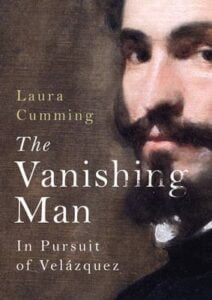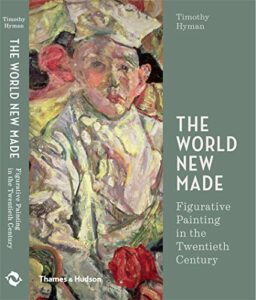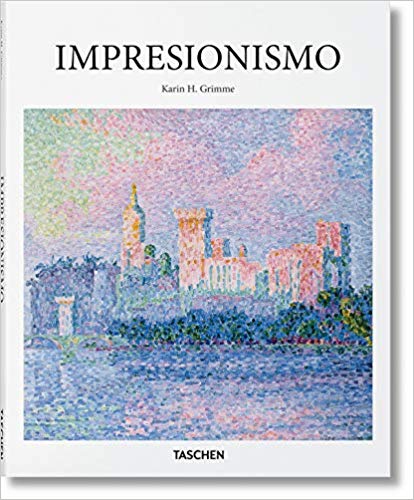The Vanishing Man: In Pursuit of Velazquez
R380An innovative fusion of detection and biography, this book shows how and why great works of art can affect us, even to the point of mania.
Showing 17–32 of 39 results

An innovative fusion of detection and biography, this book shows how and why great works of art can affect us, even to the point of mania.

From the stolen Wakandan art in Black Panther, to Emmanuel Macron’s recent commitment to art restitution, and Beyoncé and Jay Z’s provocative music video filmed in the Louvre, the question of decolonising our relationship with the art around us is quickly gaining traction. People are waking up to the seedy history of the world’s art collections, and are starting to ask difficult questions about what the future of museums should look like.
In The Whole Picture, art historian and Uncomfortable Art Tour guide Alice Procter provides a manual for deconstructing everything you thought you knew about art, and fills in the blanks with the stories that have been left out of the art history canon for centuries.

A bold new critique of the accepted history of figurative painting in the twentieth century.
In The World New Made, critic Timothy Hyman argues that abstraction was just one of the means by which artists renewed pictorial language. Focusing on those painters who bucked tradition and opted for a new kind of figuration, Hyman presents them as a countermovement to the sometimes oppressive stylistic imperative that set in as Cubism became a movement. Around the world, artists such as Max Beckmann, Fernand Léger, Balthus, Paula Rego, Marc Chagall, Stanley Spencer, R. B. Kitaj, Philip Guston, Picasso, Matisse, Lucian Freud, and others found an idiom for human-centered painting. Together they offer a counterargument to Western formalism, but also a foundation for the figurative painters of the twenty-first century.

The Vienna Workshop and the “total work of art” – Founded in 1903 by Josef Hoffmann, Koloman Moser, and Fritz Waemdorfer, the Wiener Werkstatte (“Vienna Workshop”) was a collective of architects and craftsmen which aimed at fusing architecture and interior design into a Gesamtkunstwerk, or total work of art. Experimenting with various materials (gold, precious stones, and papier mache, for example), the artists of the Wiener Werkstatte created buildings and objects which combined classical elegance with streamlined functionality. Though the workshop lasted only thirty years, its influence is still strong today.

Witches & Wicked Bodies provides an innovative, rich survey of images of European witchcraft from the sixteenth century to the present day. It focuses on the representation of female witches and the enduring stereotypes they embody, ranging from hideous old crones to beautiful young seductresses. Such imagery has ancient precedents and has been repeatedly re-invented by artists over the centuries, to include scenes with corpses and cauldrons, caverns and kitchens, and the dead being raised through demonic or satanic rites – all inversions of an ordered and religious social world.

This pioneering book stands as the most comprehensive treatment of the lives, ideas, and art works of the remarkable group of women who were an essential part of the Surrealist movement. Leonora Carrington, Frida Kahlo, and Dorothea Tanning, among many others, embodied their age as they struggled toward artistic maturity and their own “liberation of the spirit” in the context of the Surrealist revolution.

This luxury guide to the highlights of the Tate Britain’s collection provides an essential introduction to the extraordinary development of British art over the centuries, telling the story of the collection and presenting a selection of the stunning works on display. It’s a lavishly illustrated, beautiful collection of highlights from the Tate collection over the past 500 years.

In this TASCHEN Basic Art introduction to Impressionism, we explore the artists, subjects, and techniques that first brought the easel out of the studio and shifted artistic attention from history, religion, or portraiture to the evanescent ebb and flow of modern life.

Although influenced to some extent by Surrealism and European abstract painting, Abstract Expressionism was hailed by critics as the first truly American avant-garde movement. It took post-war America by storm and its impact was swiftly felt

‘Robert Lumley’s new text on Arte Povera provides a much needed guide … His elegantly lucid text cuts through thickets of misinformation and hyperbole to present a history that is remarkably cogent, illustrating Arte Povera’s centrality to world art and continuing importance to the art of today.’ Richard Flood, Chief Curator, Walker Art Center.

Cubism, perhaps the seminal movement for the arts of the twentieth century, was also one of the most complex. Divided between the annual public exhibition and the emerging network of private galleries, between French and immigrant artists, it was

The term `Expressionist’ was initially applied to French modern painting displayed in a Berlin Secession exhibition of 1911. By the time of the First World War; the broader concept of `Expressionism’ permeated German metropolitan culture at many levels. Though lacking stylistic cohesion, the movement was united by a rejection of Impressionism and a search for an inner, essential reality behind the external world of appearances.

Futurism, the brainchild in 1909 of Italian writer and cultural impresario F.T. Marinetti, was the defining avant-garde art movement of the early twentieth century. Inspired by the cities, technology, speed and latent violence of the world around them, as well as by the ideas of thinkers such as Bergson and Nietzsche, the Futurists created an

In this thought-provoking publication David Batchelor looks at the varied types of criticism and interpretation to which Minimalism has been subjected over the years. It ends by discussing how Minimalism, which has had a huge influence on subsequent art, continues to inform the work of contemporary artists.

This study follows the development of Pop, from its roots in the irreverence of Dada and Surrealism, to its rise in popularity as an art form that celebrated the glamour and hedonism of the newly commercialized Western world, while acknowledging its superficiality and transience.

Hard on the heels of the Impressionists came artists with a different agenda. Dissatisfied with the essentially short-term effects Impressionism had mastered, they strove in their different ways for an art of a more permanent, structured and expressive kind. By
No products in the basket.